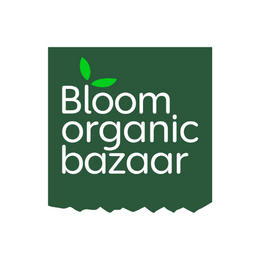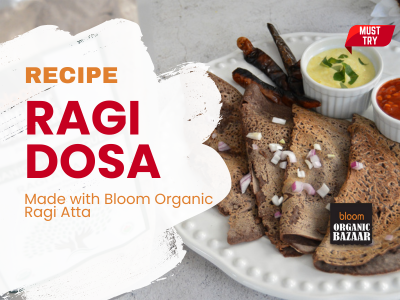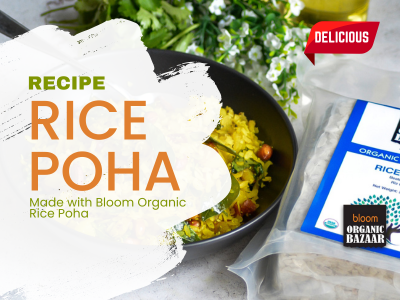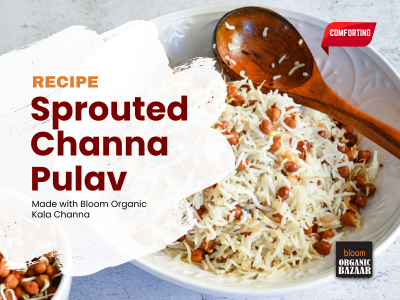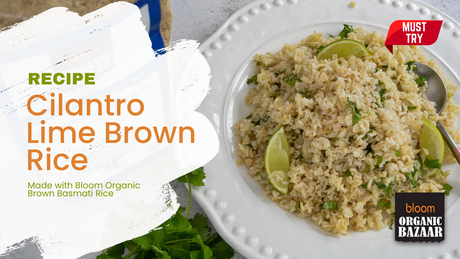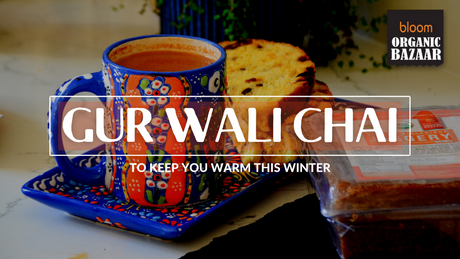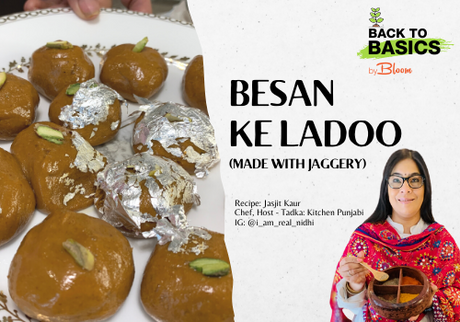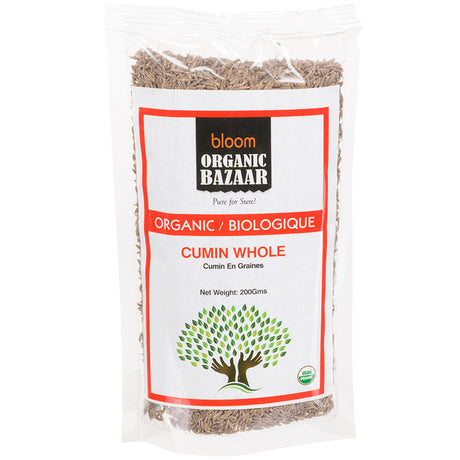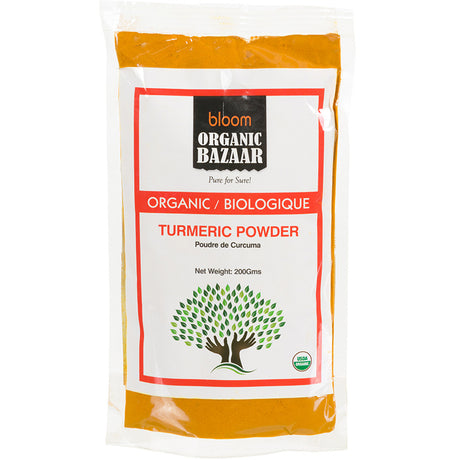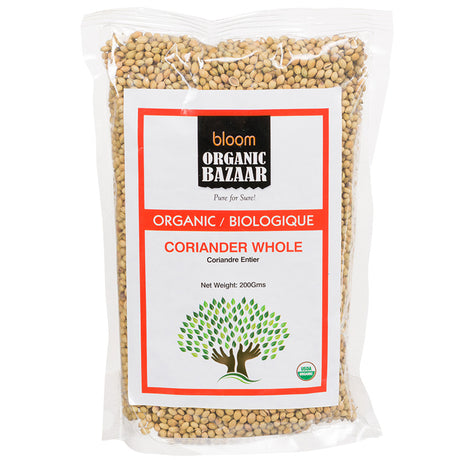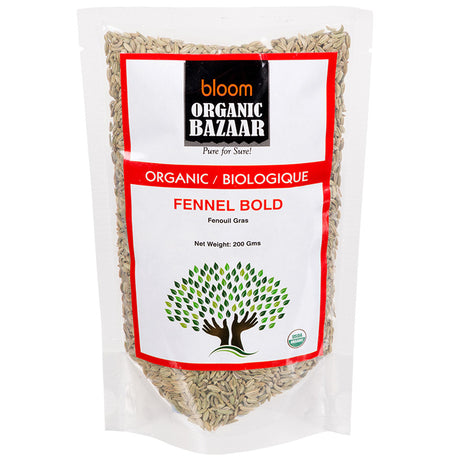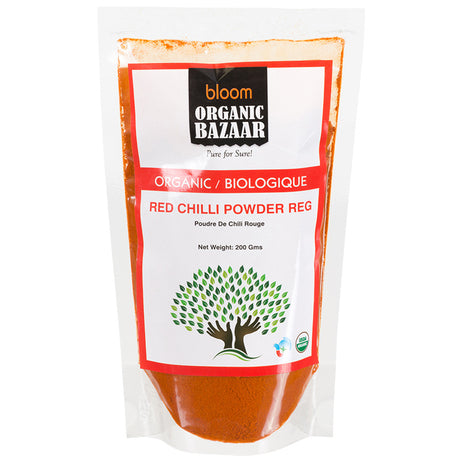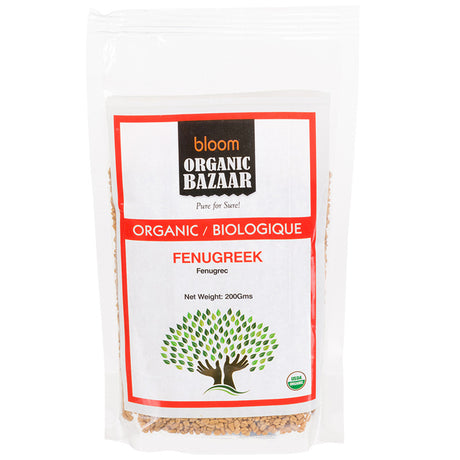By: Chavi Morawiec, Registered Holistic Nutritionist.
ORGANIC—a label so widely used and wildly searched, is seen as a new fad in today’s health world. Although health enthusiasts all over the world already know the value of organic produce and nutrition, recently the remarkable news story about Mr. Johnson’s winning case against Monsanto, proving that Glyphosate caused his cancer, has more and more people looking into whole organic foods.
But what does organic mean?
Does the label “Organic” guarantee a 100% pesticide free product?
What does it take to get Organic Certified?
Are all organic standards the same?

I used to listen to my parents when they said, “Oh don’t worry, everything is the same. There is no such thing as ’organic’”. Further study of holistic health and the impact of chemicals on our overall well-being — add in the rise of cancer and thyroid/ fertility/gut related diseases—changed my thinking! My inquisitive mind searched for connections. Pesticides/herbicides, etc. destroy crops, which in turn destroys our bodies. Whatever kills the plants, will kill us. Science now contends that humans are in fact similar to plants. Hey… We are what we eat, after all! True healthcare is in the quality of food we eat.
Canadian Organic Standards
To get the “Canada Organic” seal, the product must be 95% free of chemicals (5% is allotted for airborne contamination, ground water, and other factors that farmers have little control over). Soil fertility is maintained and enhanced by promoting optimal biological activity within the soil and conservation of soil resources. Weeds, pests and diseases are managed using biological and mechanical control methods, and cultural practices that include minimized tillage, crop selection and rotation, recycling of plant and animal residues, water management, augmentation of beneficial insects to encourage a balanced predator-prey relationship, the promotion of biological diversity and ecologically-based pest management (1). The Canadian Organic standards require that land be managed according to the organic standards for 36 months prior to harvest of the first organic crop. This is often referred to as the “three-year waiting period.” (2). A product can only bear this label if it meets all the requirements, meaning all ingredients must be from organic sources.
USDA Organic Standards
USDA certified Organic products meet the same, if not better, standards as the Canadian Organic seal. All international organic products coming into Canada must meet Canadian Organic standards, in order to display the seal. If one or more ingredients are conventional, the packaging can say “made with organic materials” but is not allowed to display the Canada Organic seal. The seal is considered a privilege—a badge of honour for those who worked hard!

Again, Why Organic is Important!
There appears to be a big difference in the nutrient content of organic versus conventional crops. Organic crops contain significantly more vitamin C, iron, magnesium, and phosphorus and significantly less nitrates than conventional crops. Organically grown produce contains 30% higher levels of antioxidants!!! A study done in Portugal at Universidade do Algarve/ICAAM showed that organic citrus contained far more vitamin C than the conventional brand. Vitamin C possesses many benefits such as boosting immunity.

Due to chemical processing, soil conditions have become drastically worse; it has caused a tremendous magnesium deficiency. Did you know up to 80% of people may be magnesium deficient? This essential mineral is what the body uses during periods of stress. It is also needed for stronger bones and teeth, improved blood flow, and enhanced mitochondrial function, among many other vital biochemical processes.
These are only basic statistics, and it is no wonder nutritional deficiencies are on the rise. These can be improved by eating a well-balanced organic diet and appropriate supplementation where necessary!
Sources
- http://publications.gc.ca/collections/collection_2018/ongc-cgsb/P29-32-310-2018-eng.pdf
- https://www.organiccouncil.ca/how-to-become-certified
About The Author

Chavi Morawiec is a Registered Holistic Nutritionist based in Toronto. She contributes Alternative Health articles to The Bloom Living Blog and our social media channel – @bloomorganicbazaar. Chavi also posts on her Instagram and Facebook Page @holisticlivingwithchavi.
